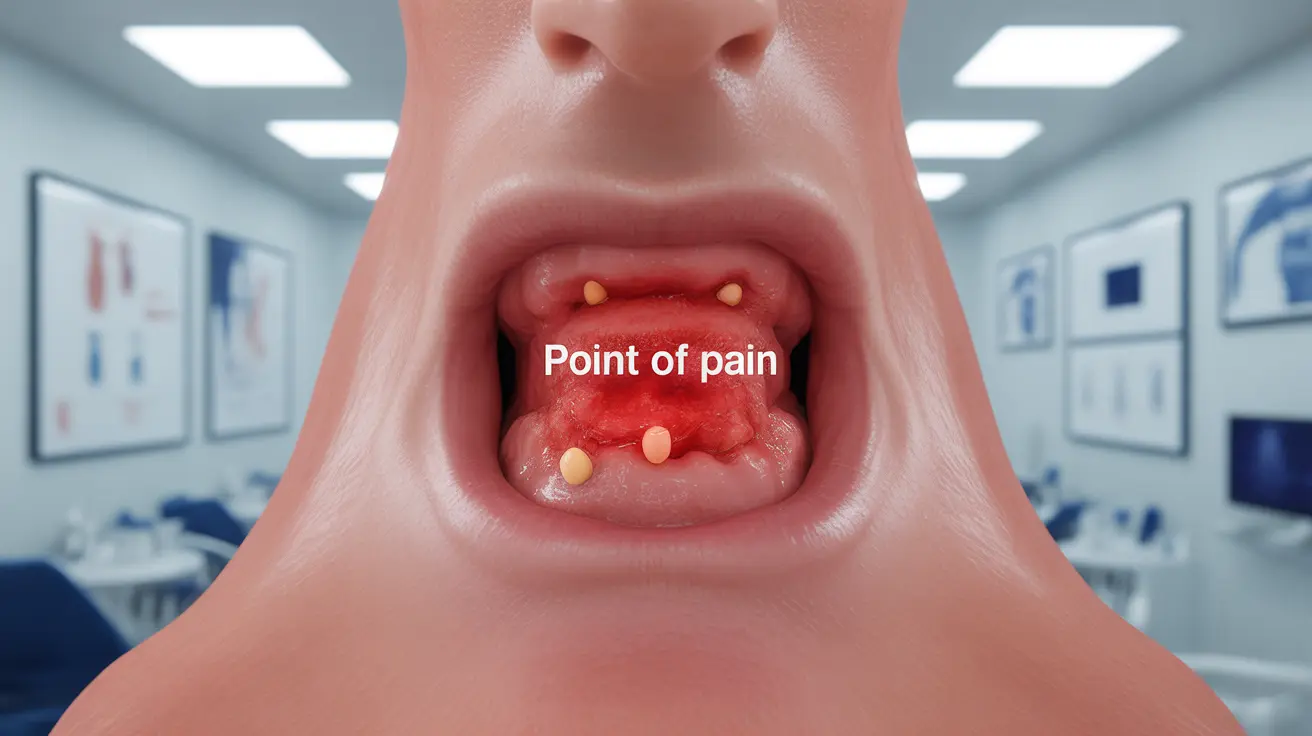Experiencing gum pain in a specific spot can be both concerning and uncomfortable. While localized gum pain is a common dental issue, its causes can range from minor irritations to more serious dental conditions that require professional attention. Understanding the potential causes and available treatments can help you manage the discomfort and know when to seek dental care.
Common Causes of Localized Gum Pain
When your gums hurt in one particular spot, several factors could be responsible:
Food Debris and Minor Injuries
Sometimes, food particles trapped between teeth or minor injuries from aggressive brushing, hard foods, or dental appliances can cause localized gum soreness. These issues typically resolve within a few days with proper oral hygiene and gentle care.
Gum Disease
Early-stage gum disease (gingivitis) or advanced periodontal disease can cause pain in specific areas. The affected spot may appear red, swollen, and tender to touch. This condition requires proper dental attention to prevent further complications.
Dental Abscesses
A tooth abscess can cause severe pain in one area of the gums. This infection typically develops at the root of a tooth or between the tooth and gum, leading to intense, throbbing pain, swelling, and sometimes fever.
Treatment Options for Sore Gums
At-Home Care
Several home remedies can help alleviate gum pain:
- Salt water rinses
- Gentle brushing with a soft-bristled toothbrush
- Over-the-counter pain relievers
- Cold compress application
- Proper flossing technique
Professional Treatment
Depending on the underlying cause, professional treatments may include:
- Deep cleaning (scaling and root planing)
- Antibiotic treatment
- Drainage of abscesses
- Dental restoration work
- Gum surgery in severe cases
Prevention Tips
To prevent gum pain and maintain optimal oral health:
- Practice good oral hygiene
- Use a soft-bristled toothbrush
- Floss daily
- Visit your dentist regularly
- Avoid tobacco products
- Maintain a balanced diet
When to See a Dentist
Seek professional dental care if you experience:
- Persistent pain lasting more than a week
- Severe swelling or bleeding
- Fever or facial swelling
- Loose teeth
- Pus around the affected area
Frequently Asked Questions
1. What are the common causes of sore gums in one spot, and how can I treat them at home? Common causes include trapped food, minor injuries, gum disease, and abscesses. Home treatments include salt water rinses, gentle brushing, and over-the-counter pain relievers.
2. How can I tell if my sore gum is a sign of gum disease or something else like a canker sore? Gum disease typically causes redness, swelling, and bleeding during brushing, while canker sores appear as white or yellow ulcers with a red border. Gum disease affects the entire gumline, while canker sores are isolated spots.
3. What are some effective ways to manage and prevent gum pain in a specific area? Maintain good oral hygiene, use a soft-bristled toothbrush, floss regularly, and avoid irritating the area. Salt water rinses and gentle massage can help manage existing pain.
4. Can a tooth abscess cause pain in just one spot on the gum, and what are the symptoms? Yes, a tooth abscess typically causes intense, localized pain along with swelling, sensitivity to pressure, and sometimes fever. The area may feel warm and appear red or swollen.
5. When should I see a dentist if I have persistent gum pain or swelling around one tooth? Seek dental care if pain persists for more than a week, if you notice severe swelling or bleeding, develop fever, or observe pus around the affected area.




